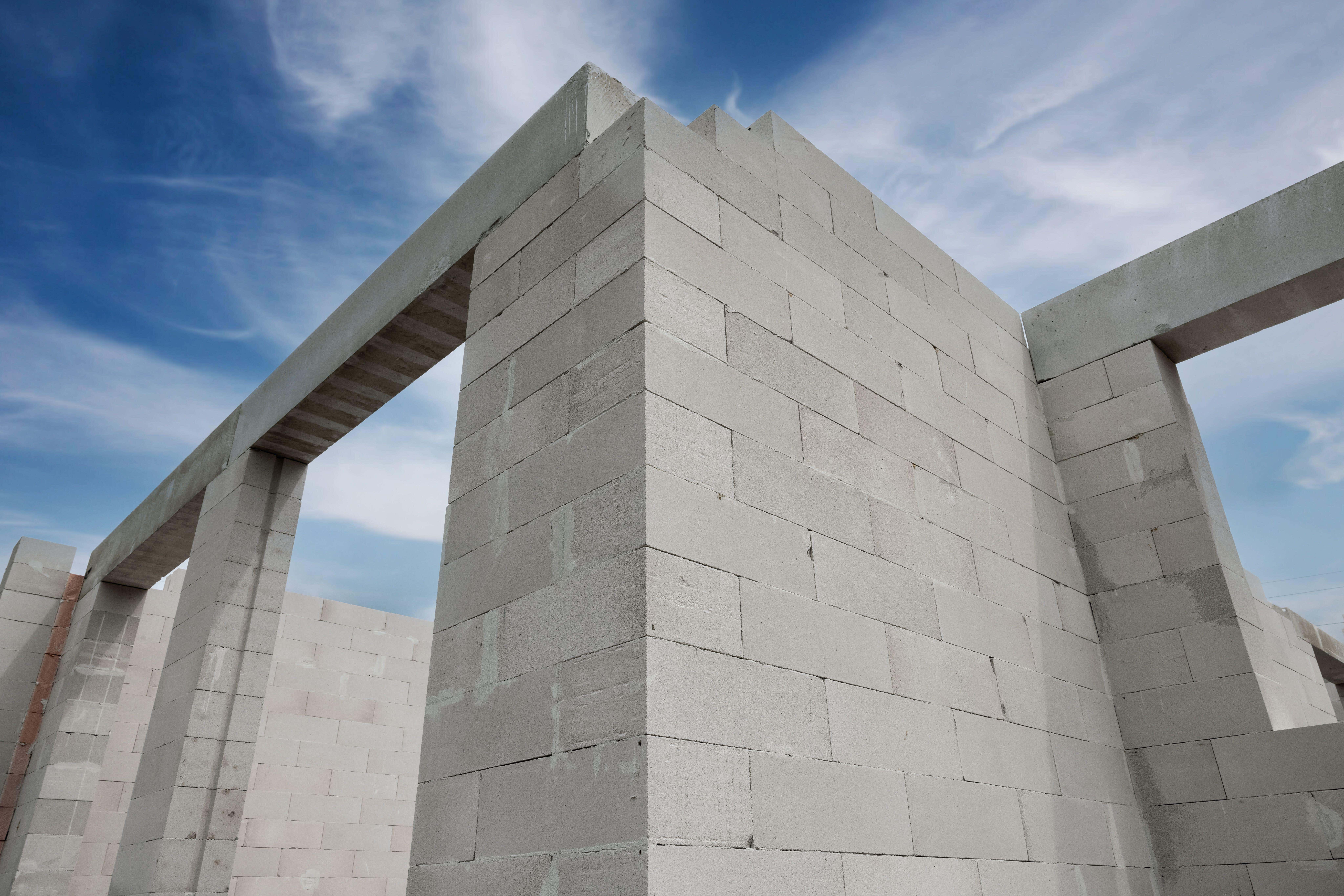Schools told to close classrooms threatened by aerated concrete
The Department for Education said more than 100 schools in England are affected.

Your support helps us to tell the story
From reproductive rights to climate change to Big Tech, The Independent is on the ground when the story is developing. Whether it's investigating the financials of Elon Musk's pro-Trump PAC or producing our latest documentary, 'The A Word', which shines a light on the American women fighting for reproductive rights, we know how important it is to parse out the facts from the messaging.
At such a critical moment in US history, we need reporters on the ground. Your donation allows us to keep sending journalists to speak to both sides of the story.
The Independent is trusted by Americans across the entire political spectrum. And unlike many other quality news outlets, we choose not to lock Americans out of our reporting and analysis with paywalls. We believe quality journalism should be available to everyone, paid for by those who can afford it.
Your support makes all the difference.More than 100 schools, nurseries and colleges in England have been told by the Government to close classrooms and other buildings that contain an aerated concrete that is prone to collapse.
A “minority” of the state facilities will need to “either fully or partially relocate” to alternative accommodation while safety measures are installed, the Department for Education (DfE) said.
Unions and opposition parties criticised the Government for failing to take action sooner, as schools were being shuttered ahead of the return from the summer break.
The DfE has contacted 104 settings which do not currently have mitigations in place to vacate spaces containing reinforced autoclaved aerated concrete (RAAC).
But it said ministers will only provide funding for works that are “capital funded” and that schools will have to pay for rental costs for emergency accommodation.
Space in nearby schools, community centres or in an “empty local office building” was recommended for the “first few weeks” while buildings are secured with structural supports.
In guidance issued to schools, they were told that moving to pandemic-style remote education should only be considered as a “last resort and for a short period”.
Some 52 of the 156 educational settings containing the concrete have taken protective steps already this year.
Education Secretary Gillian Keegan said: “Nothing is more important than making sure children and staff are safe in schools and colleges, which is why we are acting on new evidence about RAAC now, ahead of the start of term.
“The plan we have set out will minimise the impact on pupil learning and provide schools with the right funding and support they need to put mitigations in place to deal with RAAC.”
But the National Education Union (NEU) blasted the Government for expecting schools to pay additional costs for its “shocking neglect of school buildings”.
General secretary Daniel Kebede said: “It is absolutely disgraceful, and a sign of gross Government incompetence, that a few days before the start of term, 104 schools are finding out that some or all of their buildings are unsafe and cannot be used.
“To add insult to injury the Government states in its guidance that it will not be covering the costs of emergency temporary accommodation or additional transport.”
Paul Whiteman, general secretary of school leaders’ union NAHT, said “timing of this couldn’t be worse” with children preparing to return for the autumn term.
“What we are seeing here are the very real consequences of a decade of swingeing cuts to spending on school buildings,” he said.
Labour’s shadow education secretary Bridget Phillipson hit out at an “absolutely staggering display of Tory incompetence”.
“Dozens of England’s schools are at risk of collapse with just days before children crowd their corridors. Ministers have been content to let this chaos continue for far too long,” she said.
“It’s long past time the Secretary of State got a grip on her department. Labour knows that children can’t get a first-class education in a second-class school, it’s incredible that the Tories don’t.”
The Government should have put in place a programme to identify and remediate this risk at a much earlier stage
Association of School and College Leaders policy director Julie McCulloch said the “scramble” to take action ahead of the return to schools was vital but “hugely disruptive”.
“It has taken the Government far too long to act on a risk of this seriousness,” she said.
“The Government should have put in place a programme to identify and remediate this risk at a much earlier stage.”
The Unison public service union’s head of education Mike Short said the “situation is nothing short of a scandal” and will “create turmoil for thousands of families”.
“The DfE and Government have squandered valuable months hiding this crisis when they should have been fixing dangerous school buildings,” he said.
The DfE said it would not be disclosing how many schools will be told to close completely.
RAAC is a lightweight building material used up to the mid-1980s but has since been assessed to be at risk of collapse.